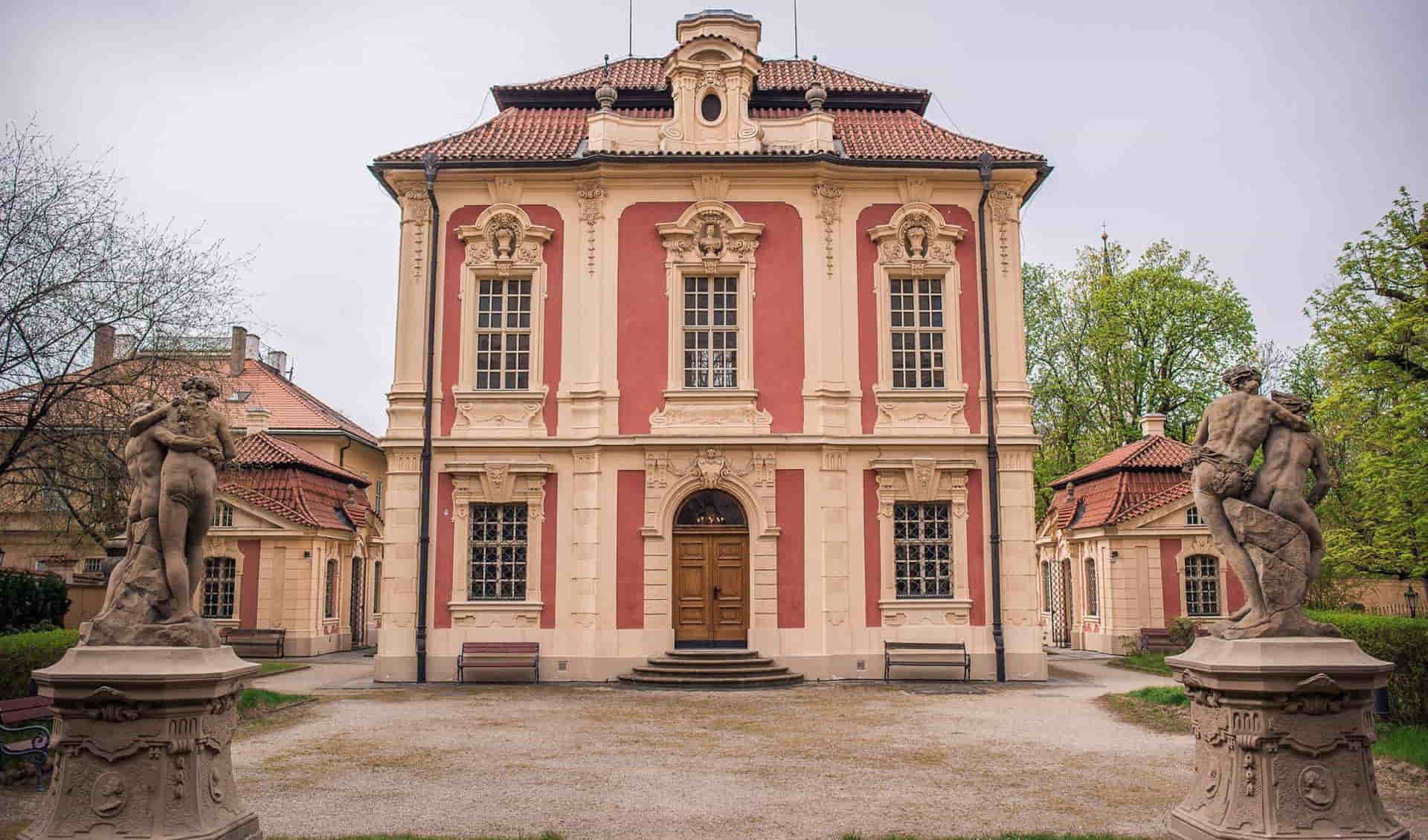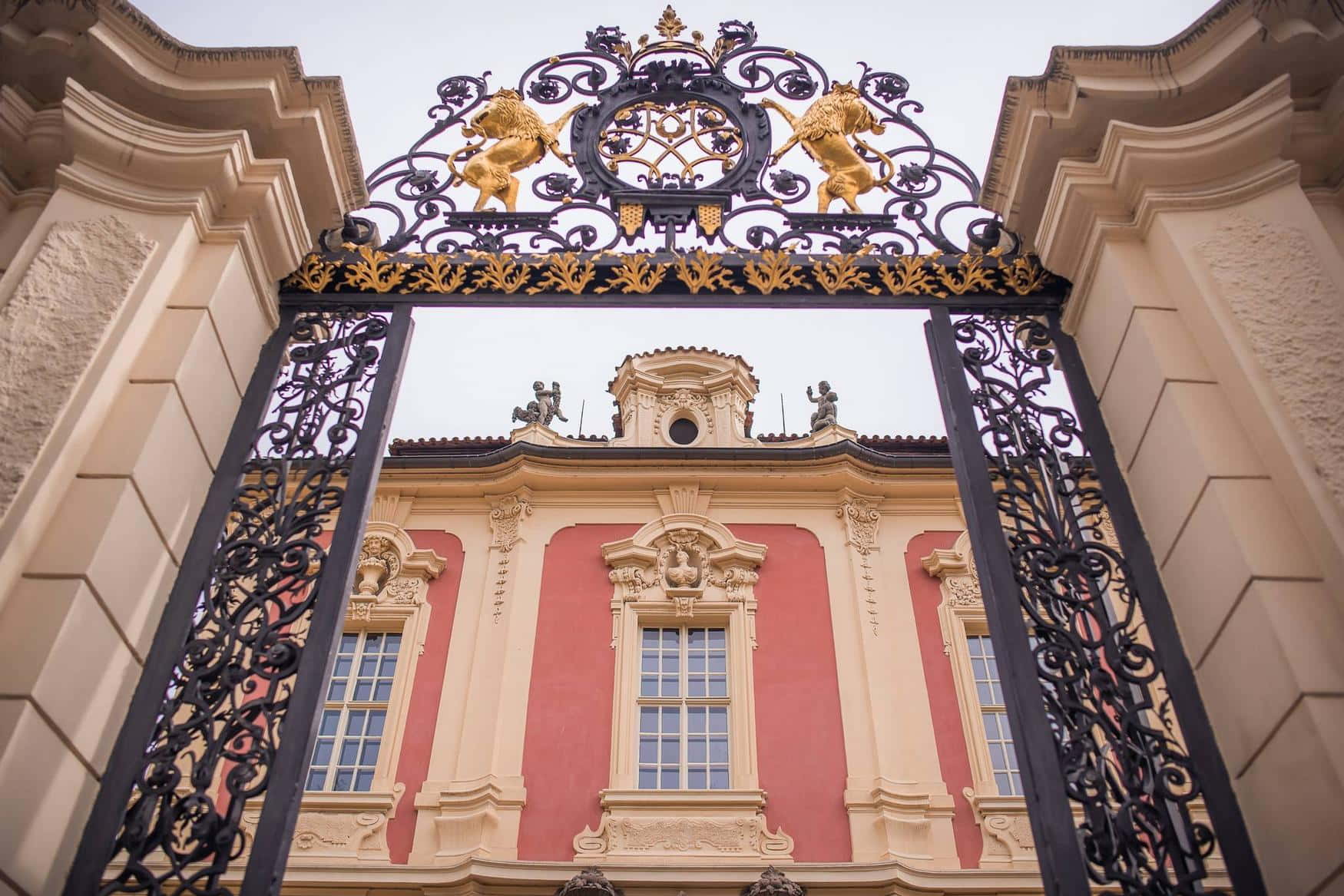With its enchanting castles and fairy tale architecture, Prague is a feast for the eyes and a treasure trove of history and culture. Among its many attractions, the Antonín Dvořák Museum (Muzeum Antonína Dvořáka) opens a window into the life and work of one of the Czech Republic's most celebrated composers. Located in a stunning Baroque building designed by Kilian Ignaz Dientzenhofer, the museum offers families an insightful glimpse into Dvořák's musical journey.
As travelers wander through the museum's rooms, they are surrounded by the echoes of the past — original scores, letters, and personal artifacts belonging to Dvořák. Each exhibit piece tells a story, crafting an intimate picture of the maestro's world. Far from a routine museum visit, this experience strikes a chord with young minds, sparking their imagination and inspiring a love for classical music.
Contents
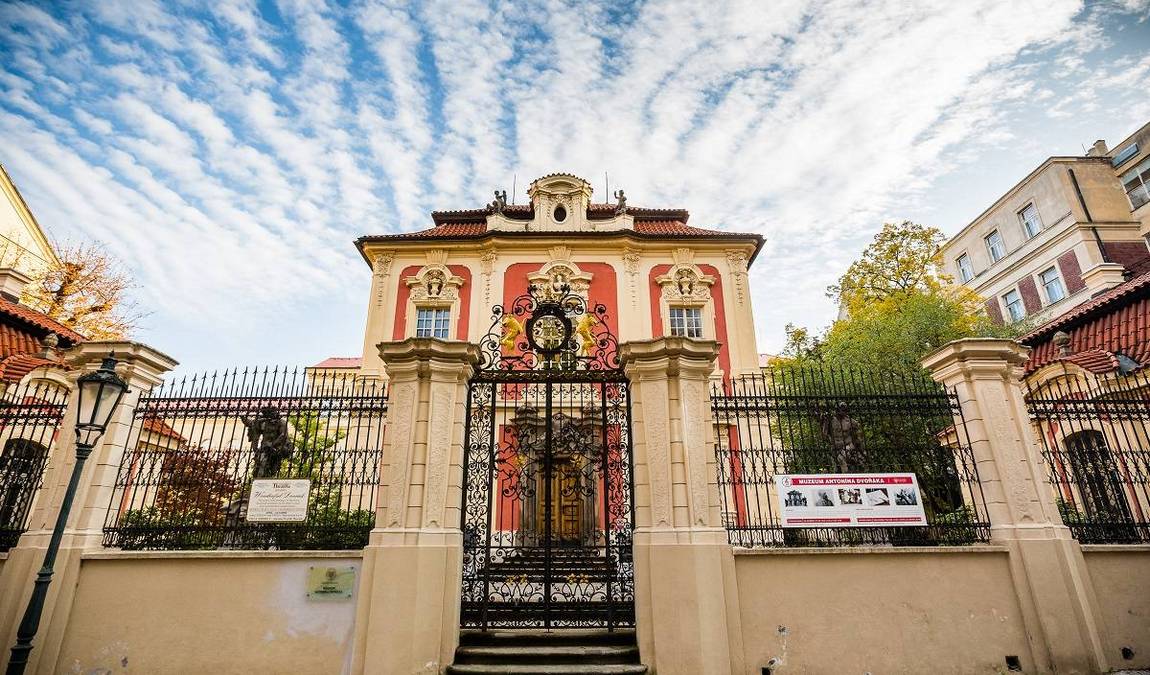 Photo: prague.eu
Photo: prague.eu
What sets this museum apart is its extensive collection of Dvořák’s memorabilia — think autographed sheets of music and a rare glimpse into his private life — and its commitment to making classical music accessible and engaging for children. With an array of educational programs and concerts designed for younger audiences, the museum wonderfully bridges the gap between historical artifacts and living art, making it a must-visit for families looking to inspire their children with the beauty of music.
Here is Why Your Kids Will Find it Interesting
The Antonin Dvorak Museum is worth visiting with kids for compelling reasons that blend education with enjoyment. Here are three main reasons why this cultural gem makes for an interactive family outing:
- Musical Exploration: Children are naturally drawn to music, and the museum showcases the works of the famous composer Dvořák through listening stations and displays. Little ones can delve into the magical world of classical compositions, nurturing a love for music.
- Historical Connection: The museum is a window to the 19th-century world of Dvořák. Kids will find the period artifacts and the composer's piano fascinating, providing a tangible link to the past.
- Inspiring Creativity: Artistic children will be inspired by Dvořák's life story. The story of his journey from a humble background to worldwide fame can motivate them to follow their dreams, be it in music or any other passion.
Children of all ages can appreciate these aspects. Still, it's especially appealing to those aged 8-12, who are often captivated by interactive learning and stories of personal triumph. The museum's surroundings, with its large garden and statues, offer a space for children to play and reflect on their visit.
What is Antonín Dvořák Known For?
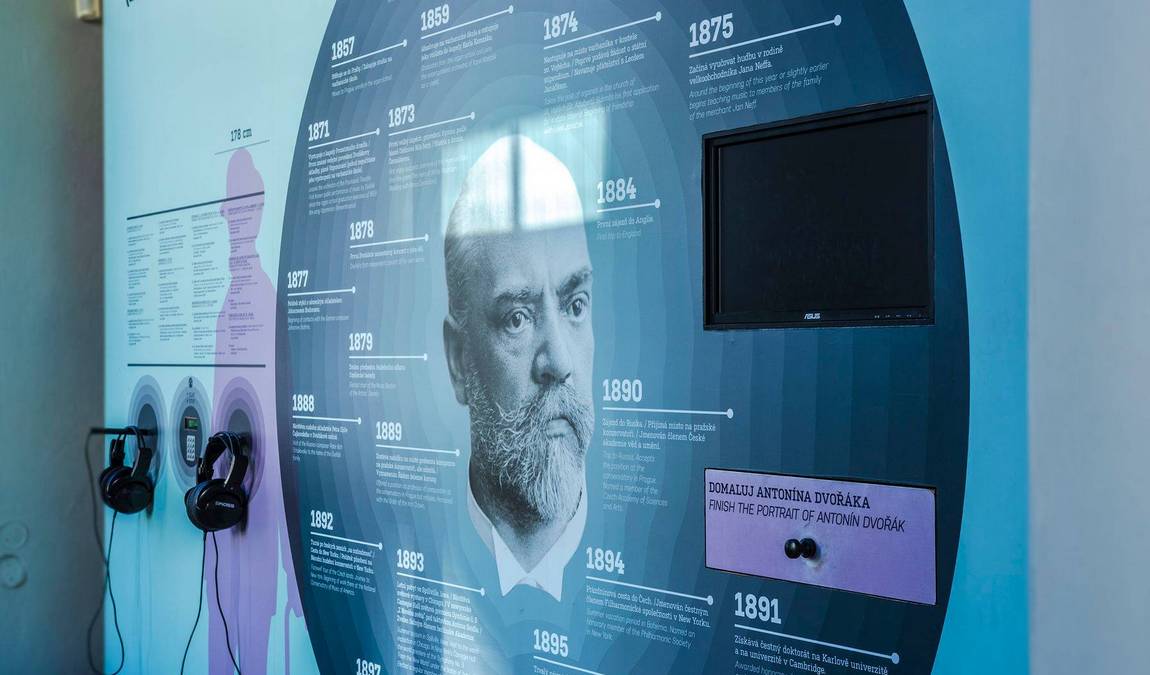 Photo: nm.cz
Photo: nm.cz
Antonín Dvořák (1841-1904), a celebrated Czech composer, rose from humble beginnings in a small village named Nelahozeves to become a prominent figure in European classical music. His influential works resonate with an unmistakable Czech spirit, intertwining the rhythmic patterns and folkloric charm of Bohemia and Moravia. Dvořák's compositions include a variety of genres, such as symphonies, chamber music, operas, concertos, and choral works, showcasing his versatility and command over orchestral narratives.
In Europe, Dvořák gained recognition for his unique style that invoked the nationalistic fervor of the time, infusing Western classical traditions with Eastern European folk elements.
His time in America, specifically New York further enhanced his global appeal. The famous "Symphony No. 9 in E Minor," known as "From the New World," was a resultant masterpiece inspired by the American landscape and its rich musical heritage.
The maestro's final resting place is at Vyšehrad Cemetery in Prague, a site of profound national importance where many distinguished Czech personalities lay in eternal slumber. His legacy continues to thrive as his family. Admirers from around the world visit places significant to his life, such as his birthplace in Nelahozeves, Zlonice, where he studied music, and Vysoká, where he spent summers composing some of his significant works.
Today, families with children can immerse themselves in Dvořák's storied life at this Museum in Prague. This institution celebrates the composer's life and contributions to music. Here, his enduring works and personal artifacts are displayed, giving visitors a tangible connection to the rhythms and melodies that once reverberated through the corridors of history.
Museum Overview
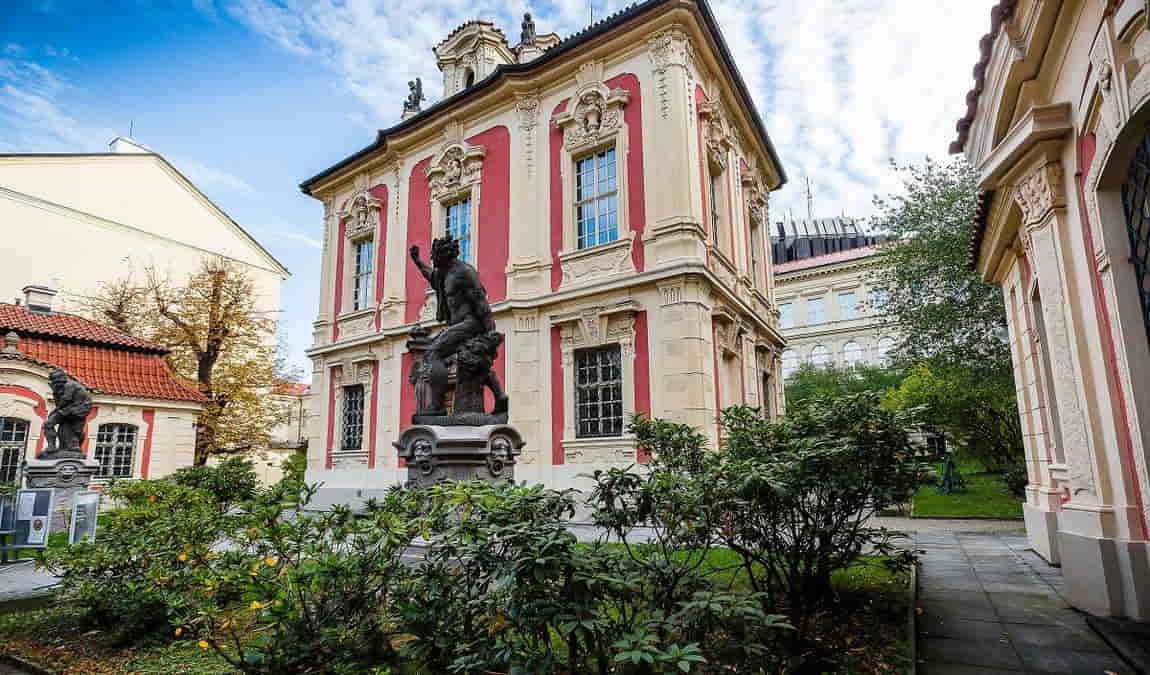 Photo: prague.eu
Photo: prague.eu
As a treasure trove of cultural heritage, the Antonín Dvořák Museum is a captivating destination for families exploring the rich musical landscape of Prague.
Location and Architecture
Nestled in the charming district of New Town,this place is a gem within the Czech Republic's capital. The museum is an essential part of the Czech Museum of Music. It is under the umbrella of the National Museum. The Baroque villa that houses the museum is an architectural masterpiece designed by the renowned Kilián Ignác Dientzenhofer. Villa Amerika is a harmonious blend of history and elegance, offering visitors a unique backdrop to Dvořák's life and works.
Collections and Archives
Upon entering the museum, families are enveloped in the world of Dvořák, with rich collections and archives preserving his timeless legacy. The museum proudly displays an extensive array of Dvořák's musical manuscripts and personal documents. Visitors find it thrilling to see original scores, first editions, and even Dvořák's correspondence with contemporaries. The museum also houses photographs, iconographic documents, and objects from his library that paint a vivid picture of the composer’s life. For those primarily interested in the craft of music, viewing the actual handwritten music manuscripts and non-musical manuscripts is an unforgettable experience.
Exhibitions and Displays
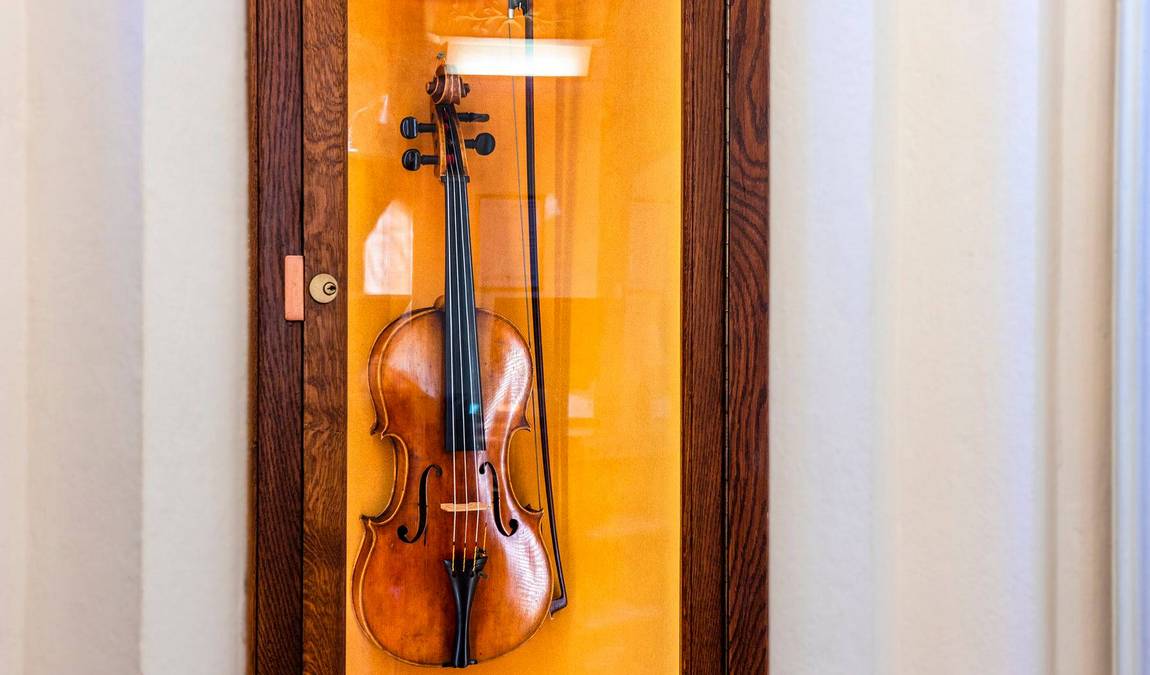 Photo: nm.cz
Photo: nm.cz
The Antonín Dvořák Museum honors the legacy of the renowned composer, inviting visitors to immerse themselves in his work and life. Families can follow Dvořák's footsteps through the meticulously curated Permanent Exhibition and the treasured Special Collections, offering a tangible connection to the musical maestro.
Permanent Exhibition
At the heart of the museum is the Permanent Exhibition, where a harmonious blend of historical ambiance and musical heritage greets visitors. The showcase houses an exceptional collection, including Dvořák’s piano and viola, carefully preserved in historical wooden showcases. Rare period photographs and personal objects, such as Dvořák’s watch and pieces of his furniture, offer a window into the composer's life. It’s not just artifacts on display; an extensive library of literature on the composer underscores the scholarly significance of the museum.
Special Collections
Beyond the mainstay of the Permanent Exhibition, the museum boasts rotating exhibitions that delve into specific aspects of Dvořák's world. Guests may encounter original concert programs or handwritten study scores that testify to Dvořák’s creative journey. These exhibitions are about viewing and experiencing: the museum organizes concerts that breathe life into Dvořák's compositions, delighting young and adults with melodic storytelling.
Cultural and Educational Activities
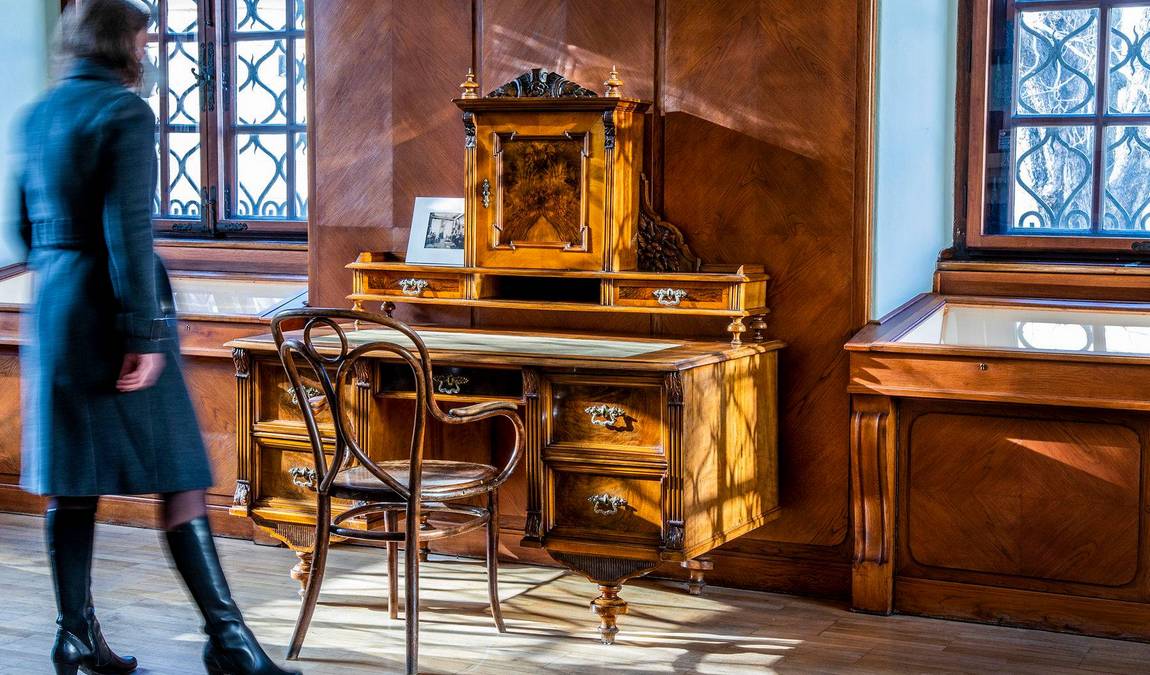 Photo: nm.cz
Photo: nm.cz
This cultural epicenter celebrates the life and works of the famed composer. It serves as a lively hub for various cultural and educational activities. Families are especially welcome to immerse themselves in musical enchantment and historical discovery.
Music Events
Throughout the year, it hosts various music events that resonate with the composer's legacy. Visitors have the unique opportunity to experience live concerts within the intimate setting of the Baroque villa "America," where Dvořák's spirit enlivens each note. From stirring songs to grand operas, each performance is a tribute to the timeless beauty of Dvořák's oeuvre.
Educational Programs
A dedication to learning lies at the museum's core through its interactive educational programs. Designed to spark curiosity in young minds, these programs delve into various aspects of Dvořák's life, from his documents to his remarkable musical manuscripts. Children and adults better appreciate the composer's contributions to humanity and the arts by engaging with these tangible pieces of history.
Research and Preservation
Commitment to preserving Dvořák's legacy is evident in the museum's active involvement in research and preservation. Housing a library abundant with documentary heritage, including the composer's library, the museum is a vital resource for scholars worldwide. It is also the proud keeper of the Leoš Janáček archive, which, much like Dvořák's works, is inscribed in the UNESCO Memory of the World Programme Register, safeguarding these precious collections for future generations to cherish.
Best Time to Visit
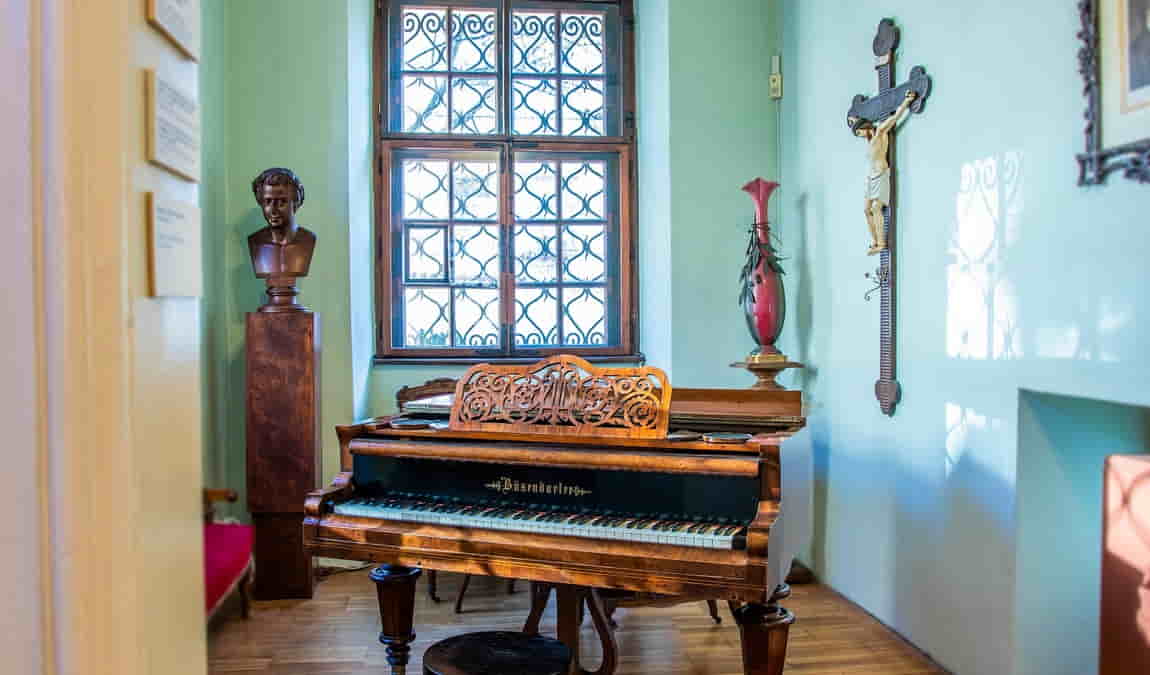 Photo: facebook.com/narodnimuzeum
Photo: facebook.com/narodnimuzeum
When planning a family visit to the Antonín Dvořák Museum, timing is critical for a leisurely and enlightening experience. The museum opens its doors to music lovers and history enthusiasts from Tuesday to Sunday, operating from 10:00 AM to 5:00 PM. Families with children in tow may find the best time to visit this historical gem is during the weekend when they can explore without the weekday rush.
Here’s a snapshot of the weekly schedule to help plan your visit:
- Tuesday to Sunday: 10:00 AM - 5:00 PM
- Monday: Closed
Families should consider arriving soon after opening or mid-afternoon hours for a more tranquil setting when foot traffic is lighter. These times allow for a more intimate exploration of the museum's exhibits, ultimately making the experience more enjoyable for children and adults.
The museum’s tranquil garden often enchants children and the historical narratives within, so it’s advisable to align the visit with times when they are most alert and eager to learn. Post-lunch visits can pair nicely with a stroll in the museum's picturesque settings, with ample opportunity to absorb the cultural ambiance.
Purchasing tickets online or at the box office is possible to ensure a seamless entry. Visitors are encouraged to confirm current opening hours and any special events that may enhance their visit.
How Long Does It Take to Attend?
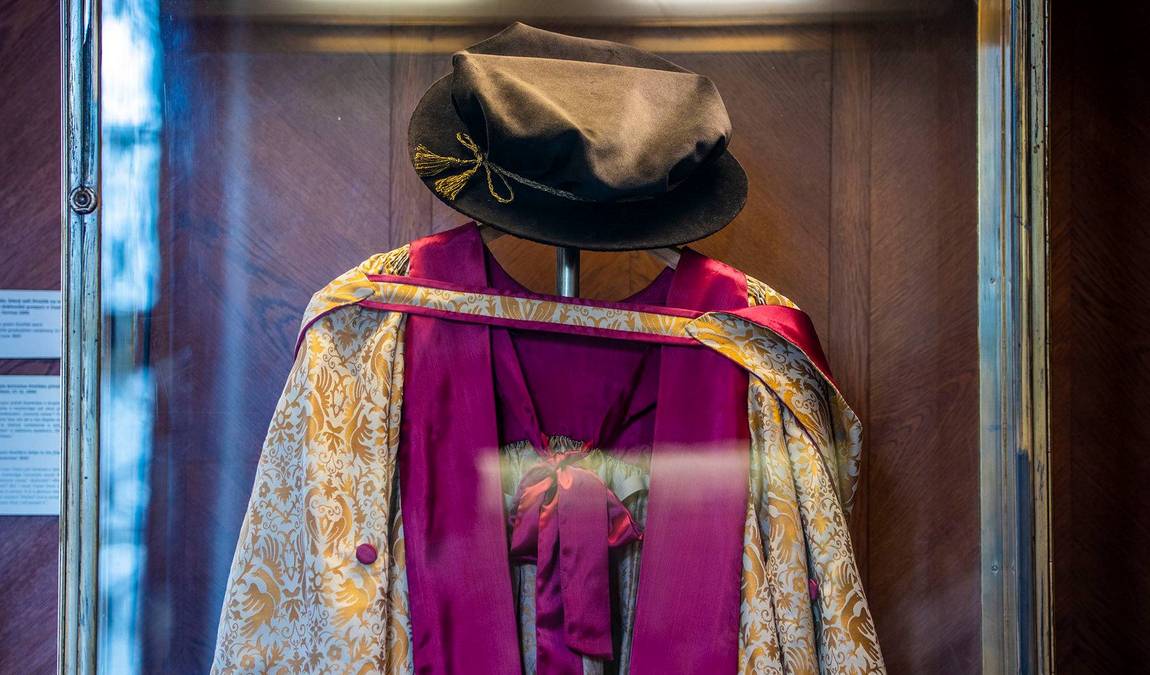 Photo: nm.cz
Photo: nm.cz
Visiting the Antonín Dvořák Museum in Prague is an enriching experience for the entire family. Nestled within a striking Baroque villa, the museum offers a glimpse into the life and works of the celebrated Czech composer Antonín Dvořák.
Typical Duration:
- Individuals and families: Normally under 1 hour
- Group tours: Approximately 1–1.5 hours
For a thorough exploration of the exhibits, including Dvořák’s instruments, scores, and correspondence, families often spend around 45 to 60 minutes. It allows for a relaxed pace, perfect for children’s curiosity and for parents to read the various informational plaques.
To ensure a comprehensive experience, consider these time allocations:
- Instrument displays: 10–15 minutes
- Manuscripts and letters: 15–20 minutes
- Interactive exhibits: Varies, but allow 10–15 minutes
The museum is open daily from 10:00 AM to 5:00 PM, giving families ample time to visit at their convenience. The museum's size is manageable, ensuring children can enjoy the exhibits without feeling overwhelmed. Furthermore, the museum's well-curated collection provides a quick yet captivating visit that can be included in a day's itinerary exploring Prague.
Group tours may need additional time and should be booked in advance to ensure accommodation.
Is Antonin Dvorak Museum Worth Visiting?
For families looking to immerse themselves in the rich tapestry of Czech culture, the Antonin Dvorak Museum in Prague is a charming destination. Nestled in a picturesque Baroque villa, the museum offers an intimate glimpse into the life of the Czech composer Antonin Dvorak. Parents and children alike can appreciate the historical ambiance while exploring Dvorak's artifacts.
The museum's compact size makes it an ideal excursion for families with kids, where every room holds a treasure yet doesn’t overwhelm. Exhibits include Dvorak's personal instruments, scores, and correspondences that bring the composer’s story to life. The interactive elements and musical snippets will keep the youngest visitors engaged.
Children who are budding musicians may find particular inspiration in the array of historical instruments on display. Meanwhile, parents will appreciate the cultural context provided by the exhibition on Dvorak's journeys, enhancing the educational value of the visit.
Antonin Dvorak Museum is worth visiting for its educational experiences, cultural enrichment, and music appreciation. It's a venue that captures the essence of Czech musical history in an accessible way for all ages.
The museum hosts occasional concerts, which should be noticed if the timing aligns with your visit. These concerts offer a unique opportunity for families to experience Dvorak’s music in the very space that memorializes his contributions to classical music.
The venue’s accessibility is a plus, with visiting hours and location details readily available on their official website. It’s a cultural gem that promises a rewarding experience for visitors of all ages.


